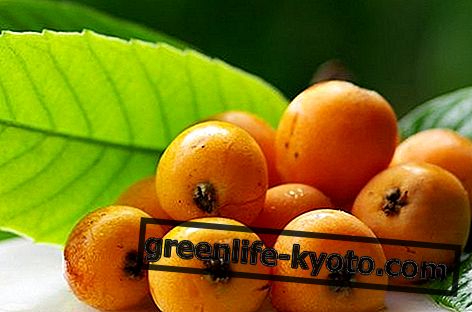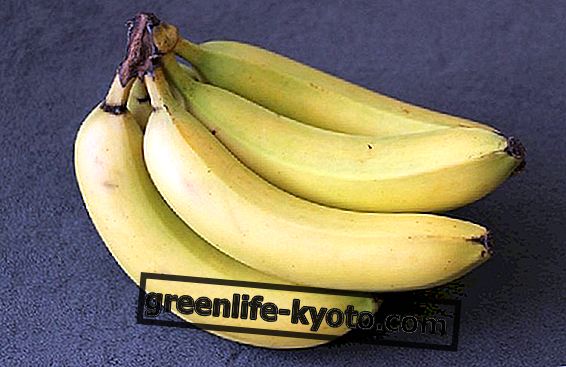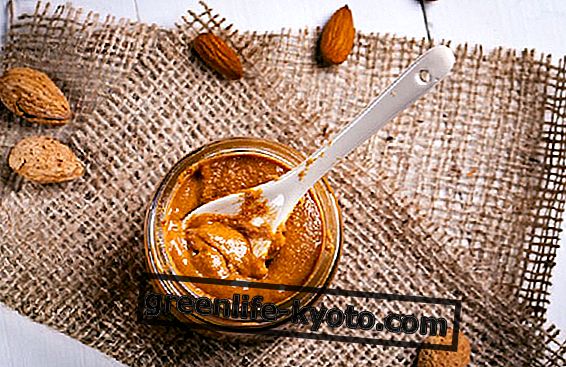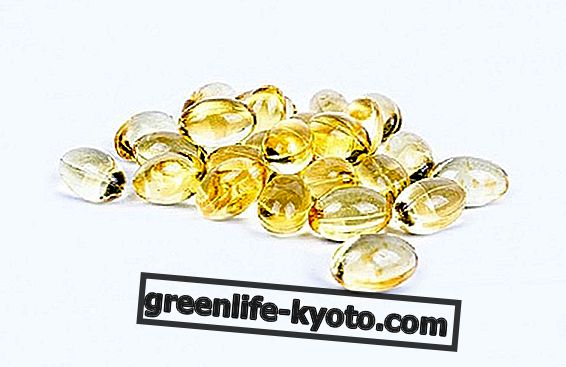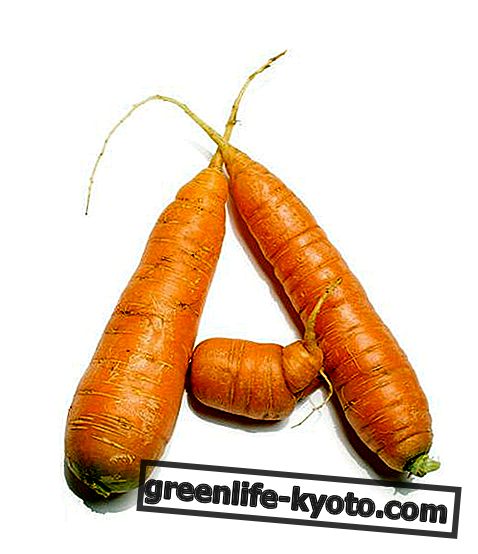
Olive oil is a unique and irreplaceable product at the table and for beauty: let's see what olive oil contains and what its characteristics are.
What does olive oil contain
Olive oil is obtained by pressing olives, the fruits of Olea europaea, a widespread tree in the Mediterranean.
Its chemical composition depends on several elements:
> the variety of the plant;
> the degree of ripeness of the olives;
> some environmental factors.
Olive oil consists of 98-99% fatty acids present in the form of triglycerides and, to a lesser extent, diglycerides and monoglycerides.
The most represented fatty acid is oleic acid : in a good quality oil, oleic acid should not be less than 73% and the ratio between oleic acid and linoleic acid should be equal to or less than 7.
In addition to fatty acids, olive oil contains minor compounds that determine the different organoleptic qualities of different oils. This unsaponifiable fraction represents only 1-2% of the oil but contains numerous substances that give aromatic notes, color and antioxidant properties. It includes hydrocarbons, aliphatic and terpenic alcohols, sterols, tocopherols, phenols and pigments.
Based on the quantitative and qualitative composition of the substances present in the unsaponifiable fraction, they vary:
> the taste, which is due to phenolic compounds, as well as to the ratio between oleic acid and linoleic acid;
> the smell, given by volatile compounds;
> the color, determined by the presence of pigments.
Because olive oil changes color
The color of olive oil is due to the presence of natural liposoluble pigments, ie chlorophylls and carotenoids, which vary according to various factors: this is why oil can take on different shades over time.
Carotenoids are red, yellow and orange pigments. Those present in virgin olive oil, in varying amounts depending on the degree of ripeness of the olives and the method of extraction, are for example neoxanthin, xanthophylls, beta-carotene and lutein.
The green color of olive oil is instead given by chlorophylls : also in this case, the quantity of these pigments depends on the variety and maturation of the fruits, the method of extraction and the conservation of the oil. The oil obtained from slightly ripe olives contains a greater quantity of chlorophylls.
The characteristics of olive oil
Being a lipid food, olive oil essentially has the function of supplying energy to the body .
The nutritional characteristics of olive oil are mainly due to its main constituent, oleic acid, a very digestible fatty acid.
The usual consumption of olive oil also seems to have a protective role against atherosclerosis thanks to the presence of oleic acid (more stable to oxidation than other fatty acids), vitamin E and other antioxidant substances.
This seasoning also makes food more palatable and absorbs fat-soluble vitamins .
Thanks to its unique characteristics, olive oil is also used in cosmetics as well as at the table. Fatty acids and antioxidant substances make it an excellent emollient product able to make the skin softer, hydrated and elastic, thus preventing the formation of wrinkles.
